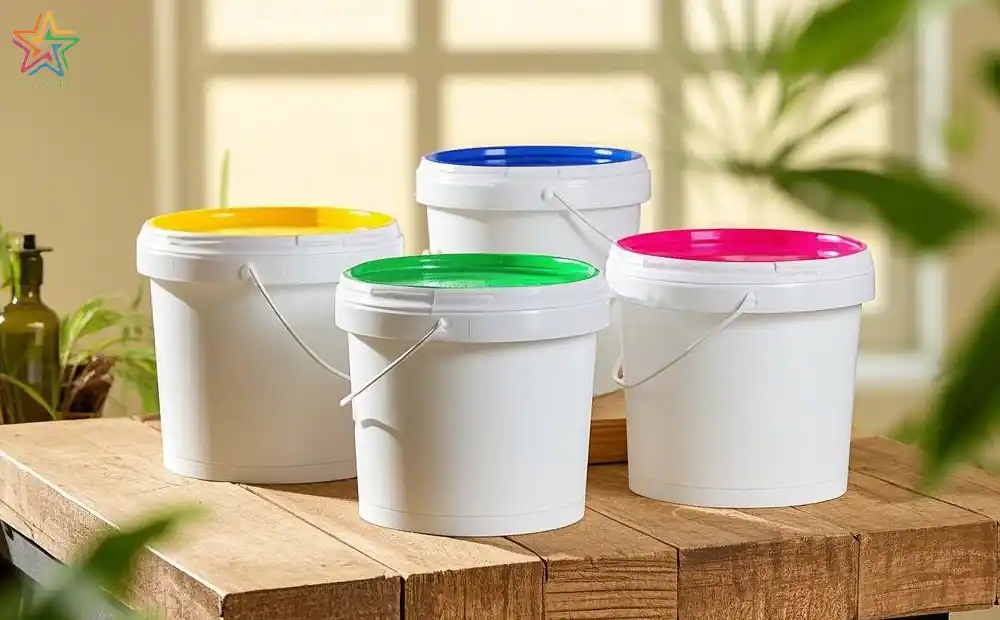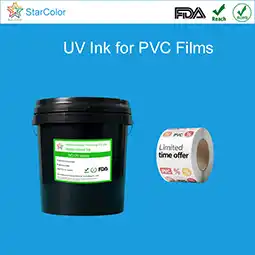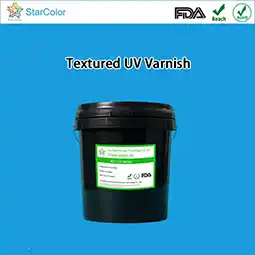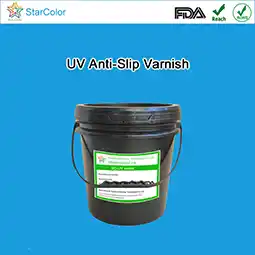How to Test Water-Based Flexo Ink Performance(Part 2)
Date: Aug 08 2025 From: Star Color Views:
III. Environmental and Durability Testing: Ensuring Quality Throughout the Print Lifespan
Water-based ink prints must withstand environmental challenges during storage, transportation, and use. Thus, tests for temperature resistance, humidity resistance, and chemical resistance are essential.1. Temperature Resistance and Freeze-Thaw Testing: Simulating Extreme Environment Stability
- Testing Purpose: Evaluate ink performance changes after high-temperature storage or low-temperature transportation to prevent cracking or delamination.
- Testing Tools: Constant temperature oven (-40°C to 100°C), freezer, cyclic test chamber.
- Testing Procedures:
① High-Temperature Resistance Test: Place samples in a 60°C oven for 72 hours, then check for blistering or discoloration of the ink layer after cooling.
② Freeze-Thaw Cycle Test: Freeze ink samples at -20°C for 2 hours → stand at 25°C for 2 hours. Repeat 5 cycles, then test viscosity change rate. - Result Criteria: No abnormalities in the ink layer after temperature resistance testing; viscosity change rate ≤10% after freeze-thaw cycles, with no stratification or sedimentation.
2. Chemical Resistance Testing: Adapting to Packaging Content Contact Requirements
- Testing Purpose: Verify ink resistance to corrosion from contents like food and cosmetics, especially for direct-contact packaging.
- Standard Reference: FDA 21 CFR 175.300 (Food Contact Material Testing).
- Testing Tools: Constant temperature water bath, cotton swabs, alcohol/acetic acid solution (10% concentration).
- Testing Procedures:
① Use a cotton swab dipped in 10% acetic acid (simulating acidic food) or 75% alcohol (simulating cosmetics) to rub the ink layer back and forth 50 times.
② Observe for ink peeling or discoloration, and test for pigment migration in the solution. - Result Criteria: No significant damage to the ink layer after rubbing; migrant concentration ≤0.01mg/kg (for food contact scenarios).
3. Rub Resistance and Abrasion Resistance Testing: Ensuring Physical Durability
- Testing Purpose: Evaluate print resistance to damage during folding and transportation, preventing pattern blurring from friction.
- Standard References: ASTM D5264 (Rub Resistance Test), ISO 105-X12 (Color Fastness to Abrasion).
- Testing Tools: Rub tester (e.g., Taber Abraser), gray scale card (for staining grade evaluation).
- Testing Procedures:
① Rub Resistance Test: Fold the sample, rub back and forth 100 times under 5N pressure, and check for cracking or peeling of the ink layer.
② Abrasion Resistance Test: Use a CS-10 砂轮 under 500g load to rotate and rub 100 cycles, then compare color density changes before and after abrasion. - Result Criteria: No cracking after rubbing; color density loss rate ≤5% after abrasion testing; staining grade ≥4.

IV. Environmental and Safety Testing
In the context of stricter environmental policies, the safety compliance of water-based inks is a prerequisite for market access, requiring rigorous chemical substance testing.1. VOC Content Testing: Controlling Volatile Organic Compound Emissions
- Testing Purpose: Verify low volatility of inks to meet workshop environmental and packaging safety requirements.
- Standard References: GB 38507-2020 (Limits of Volatile Organic Compounds in Inks), EPA Method 24.
- Testing Tools: Gas chromatograph (GC-FID), constant temperature oven (105°C).
- Testing Procedures:
① Weigh 2g of ink sample, heat in a 105°C oven for 3 hours, and calculate mass loss of volatile substances.
② Analyze volatile components using a gas chromatograph, then calculate total VOC content after excluding moisture. - Result Criteria: VOC content of water-based flexographic inks must be ≤50g/L (packaging printing standard), and ≤30g/L for food packaging.
2. Heavy Metal and Hazardous Substance Testing
- Testing Purpose: Detect heavy metals (e.g., lead, cadmium) and harmful additives in inks to avoid endangering human health.
- Standard References: EN 71-3 (Toy Safety), REACH Regulation (211 SVHCs).
- Testing Tools: Inductively coupled plasma mass spectrometer (ICP-MS), high-performance liquid chromatograph (HPLC).
- Testing Procedures:
① After microwave digestion of samples, use ICP-MS to detect heavy metal contents (e.g., lead, cadmium, mercury).
② Use HPLC to analyze organic hazardous substances such as phthalates and formaldehyde. - Result Criteria: Heavy metal content ≤0.01ppm; REACH SVHC substances not detected or below limit values.
V. Test Plan Design
1. Targeted Testing Strategies
- New Ink Selection: Comprehensive testing of basic performance + application performance + environmental safety is required, with focus on substrate compatibility.
- Production Process Monitoring: Simplified to hourly testing of viscosity, pH value, and color difference to quickly identify abnormal fluctuations.
- Long-Term Stability Verification: Periodic (monthly) testing of fineness and viscosity changes in stored inks to evaluate performance degradation during shelf life.
2. Data Correlation and Process Optimization
Link test results with production parameters, for example:- If adhesion testing fails, adjust substrate corona treatment intensity (increase to ≥38dyn/cm) or switch to inks containing adhesion promoters.
- If dot enlargement rate exceeds standards, reduce ink viscosity (by 5-10cps) or increase anilox roller line count (from 400 to 600 lines).
 RU
RU EN
EN CN
CN















